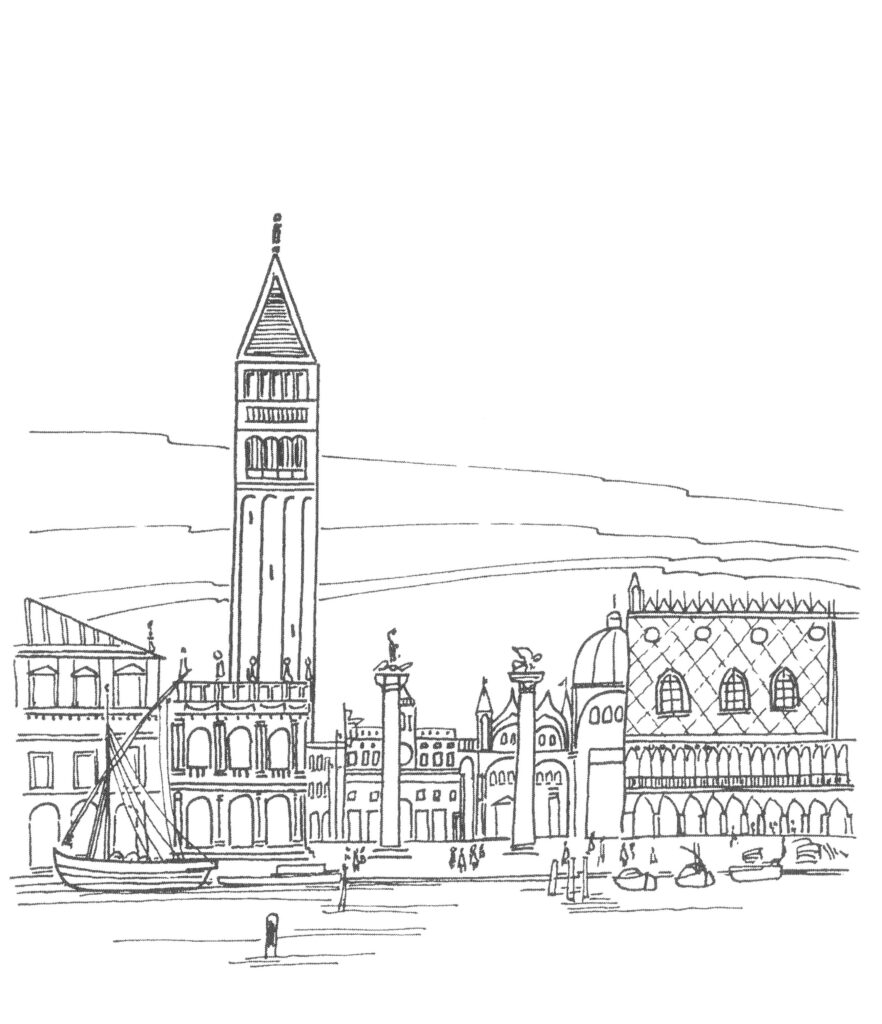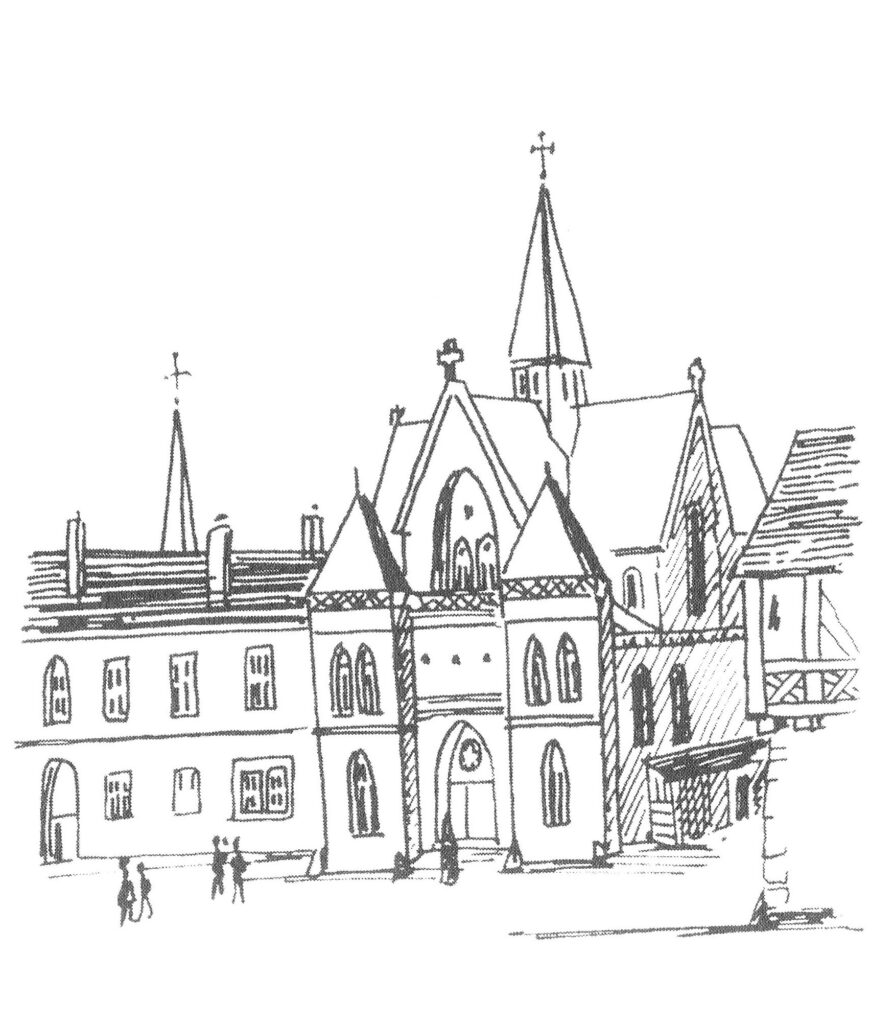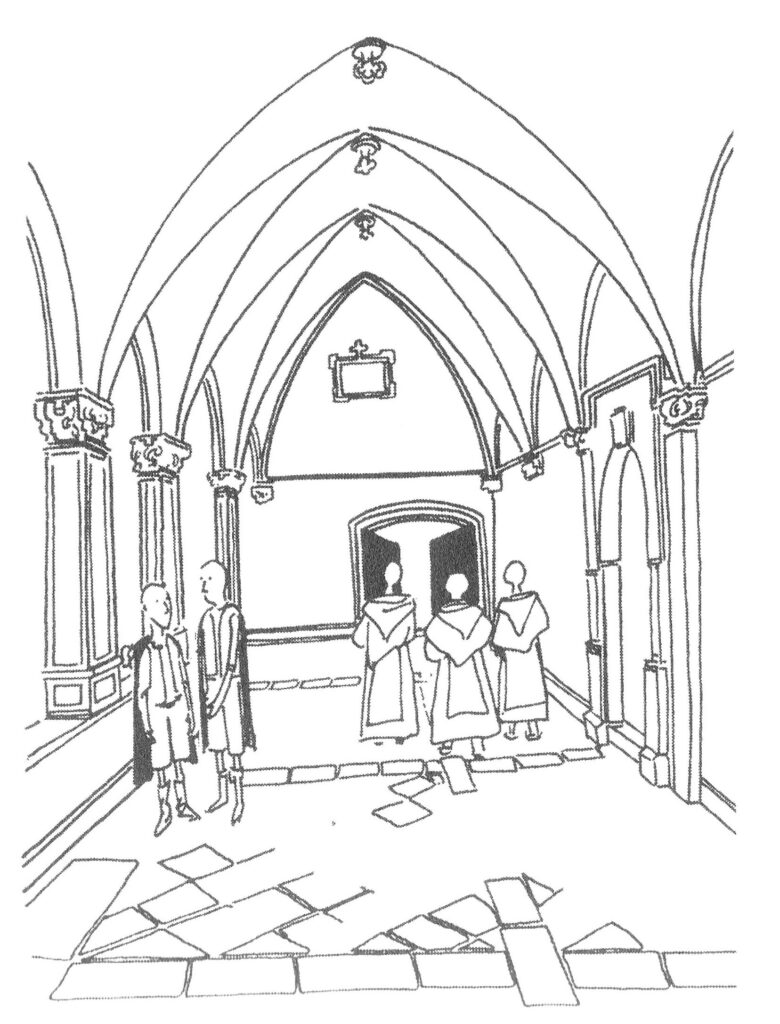There are three layers of pilgrimage evident in Ignatius’s self-portrait in the Testament. The first such layer concerns primarily his journey to Jerusalem, a physical journey in imitation of Christ in line with the medieval pilgrimage tradition. The second layer refers to a pilgrimage of discovery and unfolding of his identity and vocation. While this pilgrimage also entails physical movement over the years, the focus is no longer on a specific geographical destination, nor on ascetical practices (Ignatius had to tone them down for the sake of his studies). The journey is also much longer, leading him from Barcelona, Alcala, Salamanca, Paris, to Venice and eventually Rome. Studies were the main activity of this journey, but Ignatius also exercised a spiritual apostolate, entering into conversations with many, and guiding some into the Spiritual Exercises. He also gathered like-minded companions. The Spanish groups would not last, but the Parisian one became the nucleus of a new religious community, the Society of Jesus. Together, in Montmartre, near Paris, they will make the vow of going to the Holy Land.
This pilgrimage started with a question and ended in a vision. By the end of it, Ignatius had companions, was on the path of priestly ordination, and wanted to devote his life to serve the Lord in the Church. His identity was secure. The pilgrimage took longer than to go to Jerusalem, but its depth promised many fruits.




